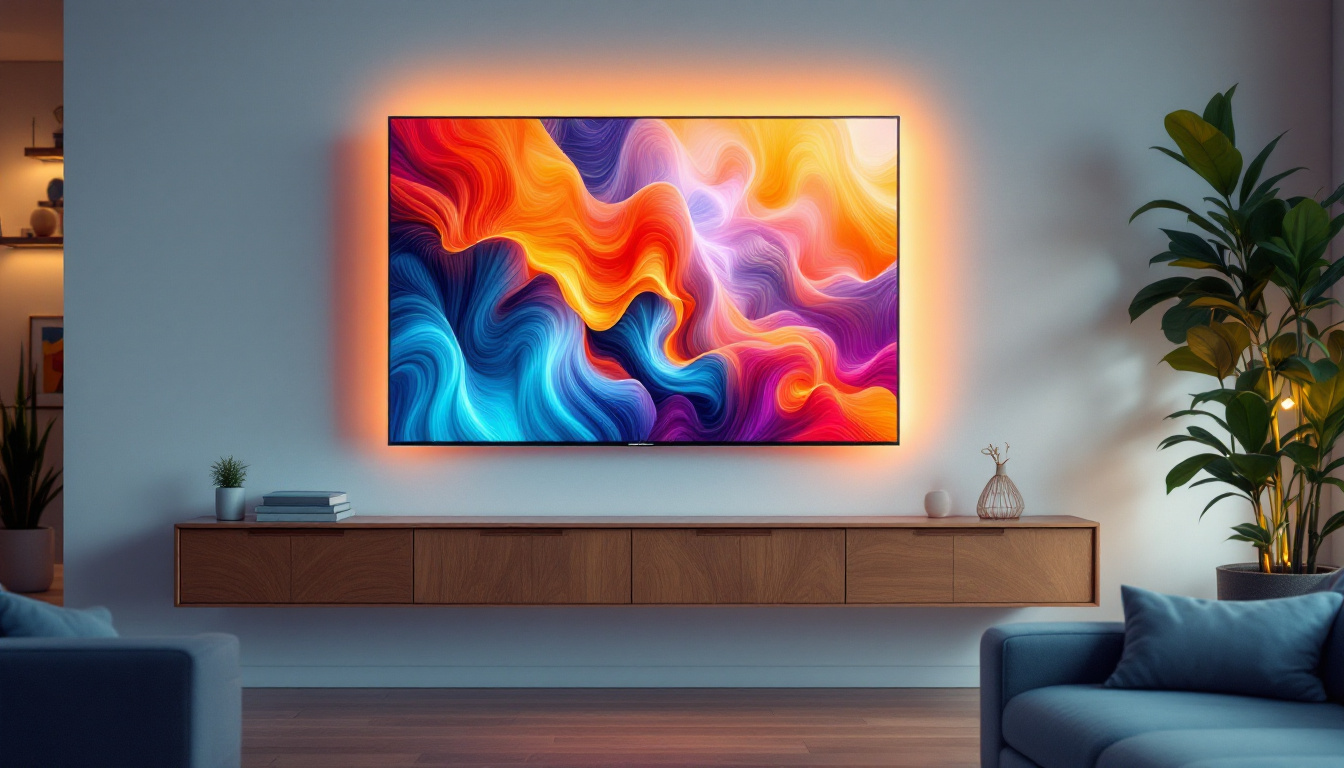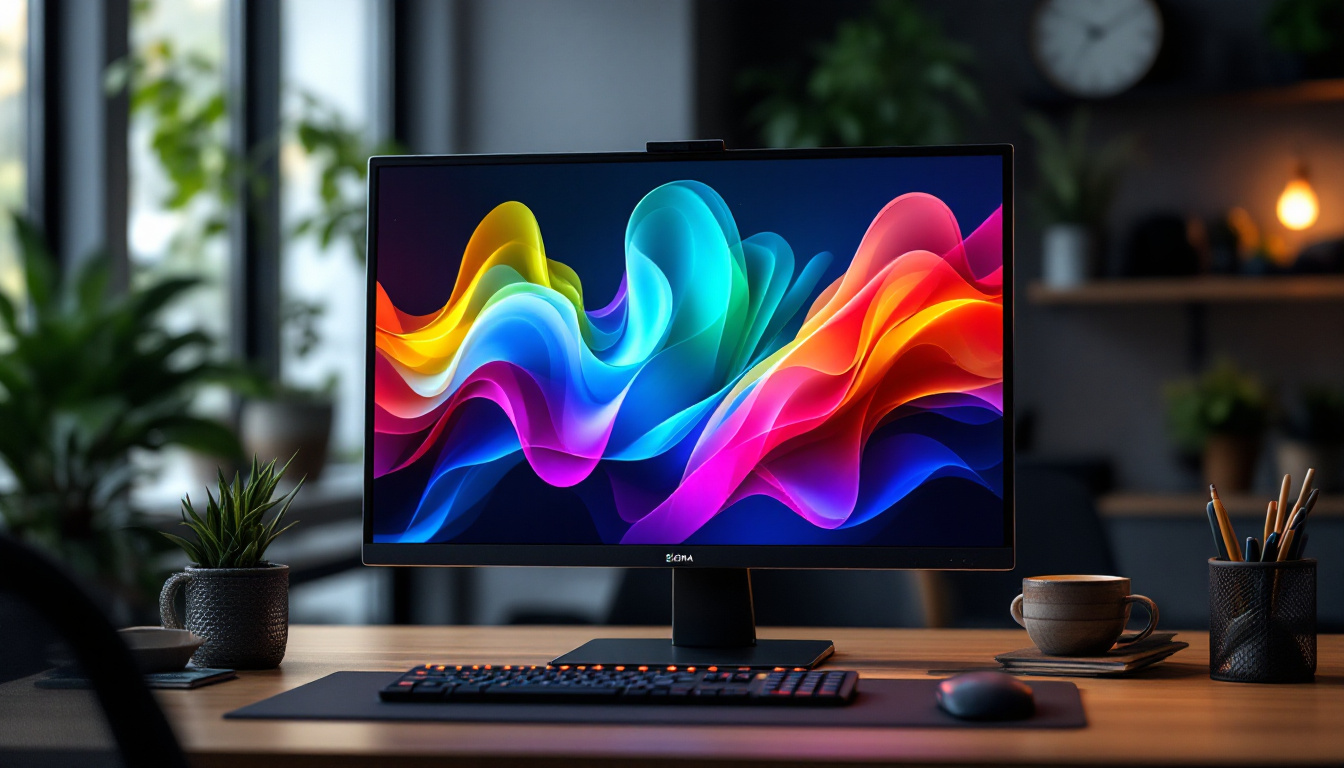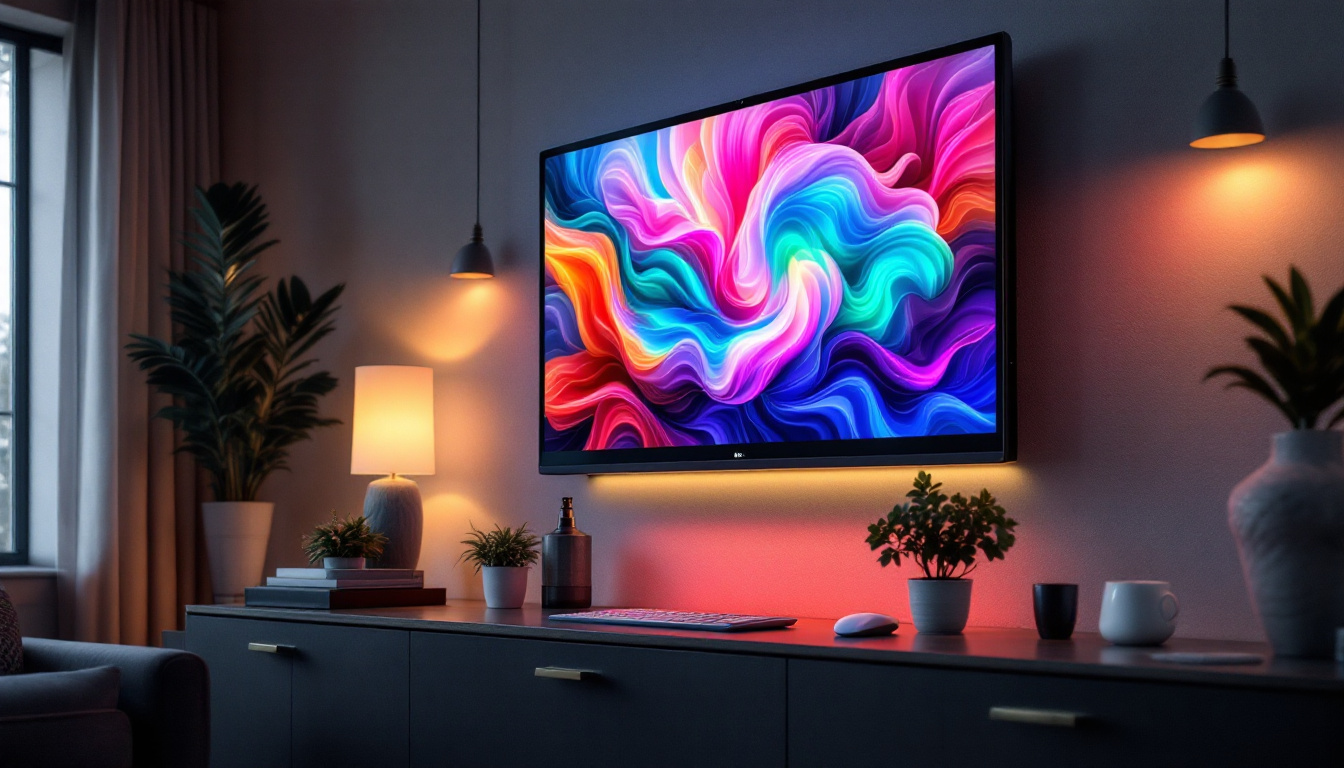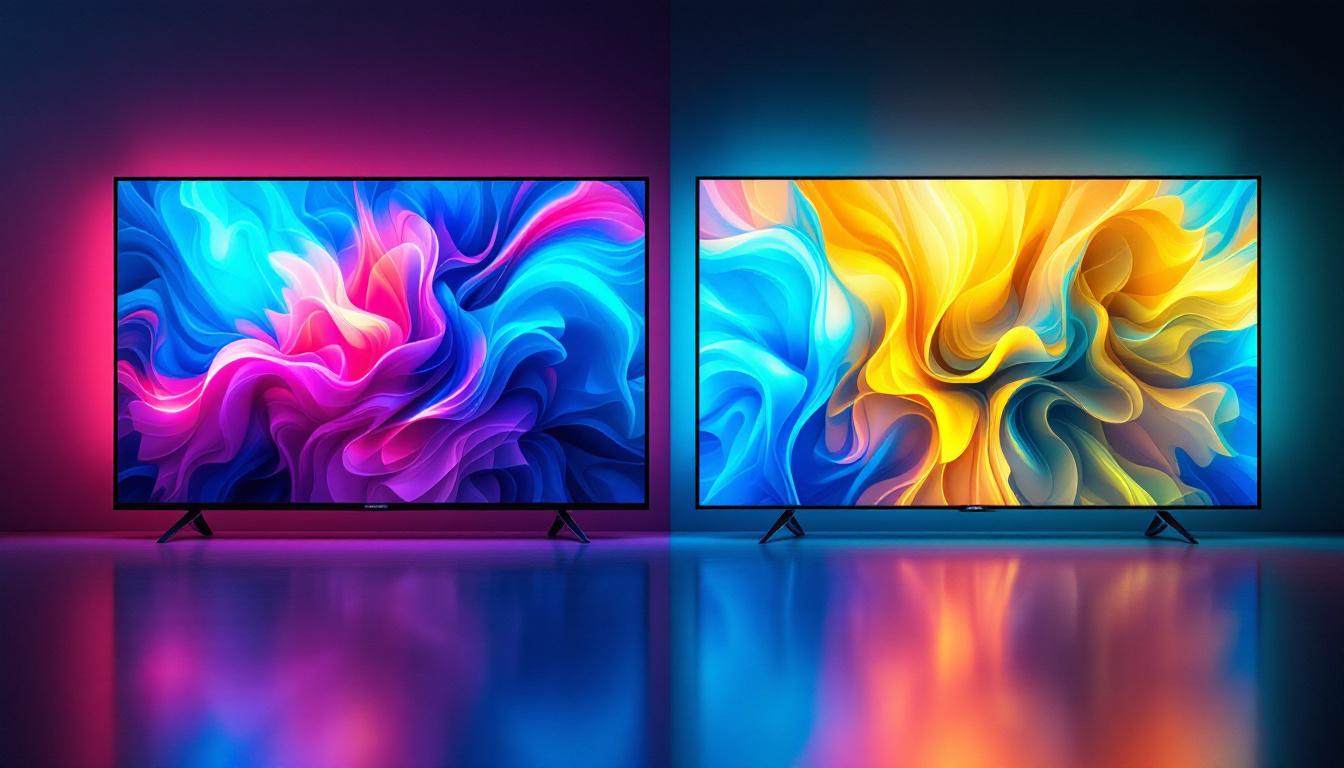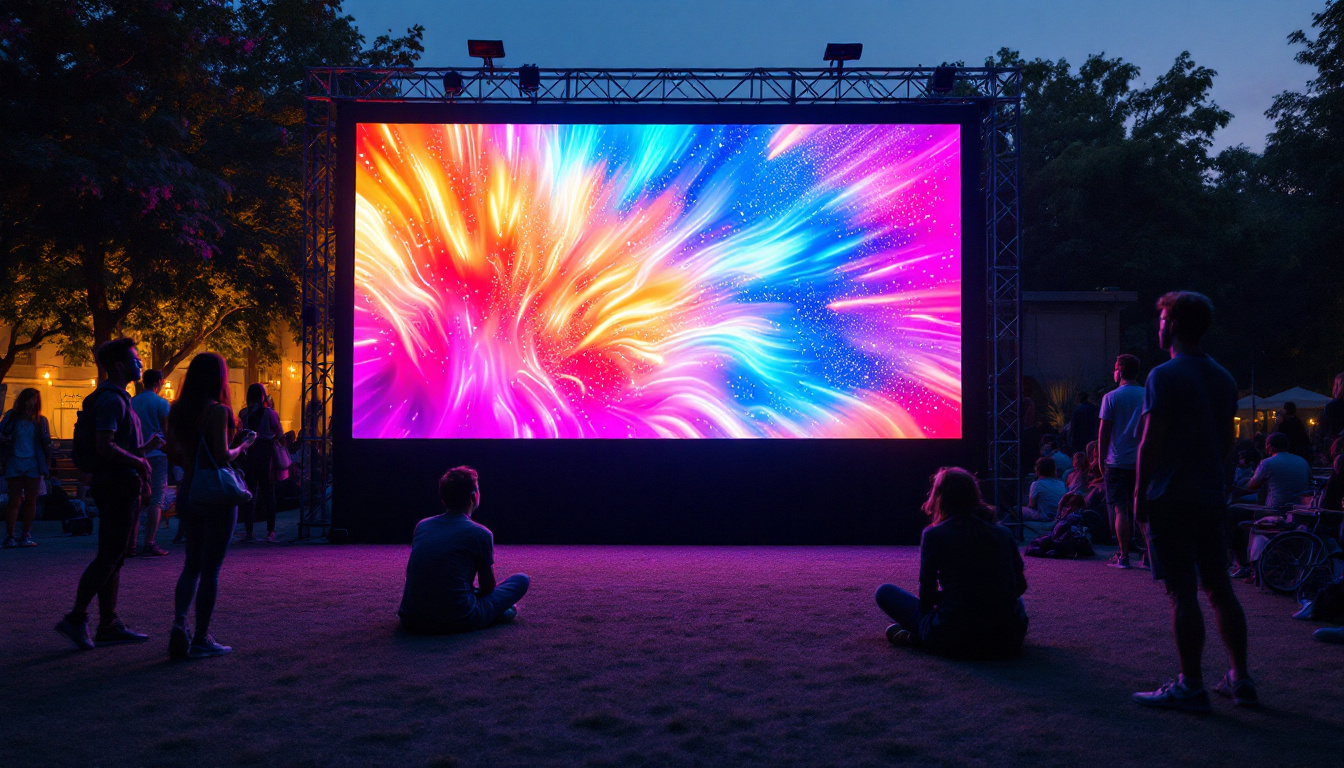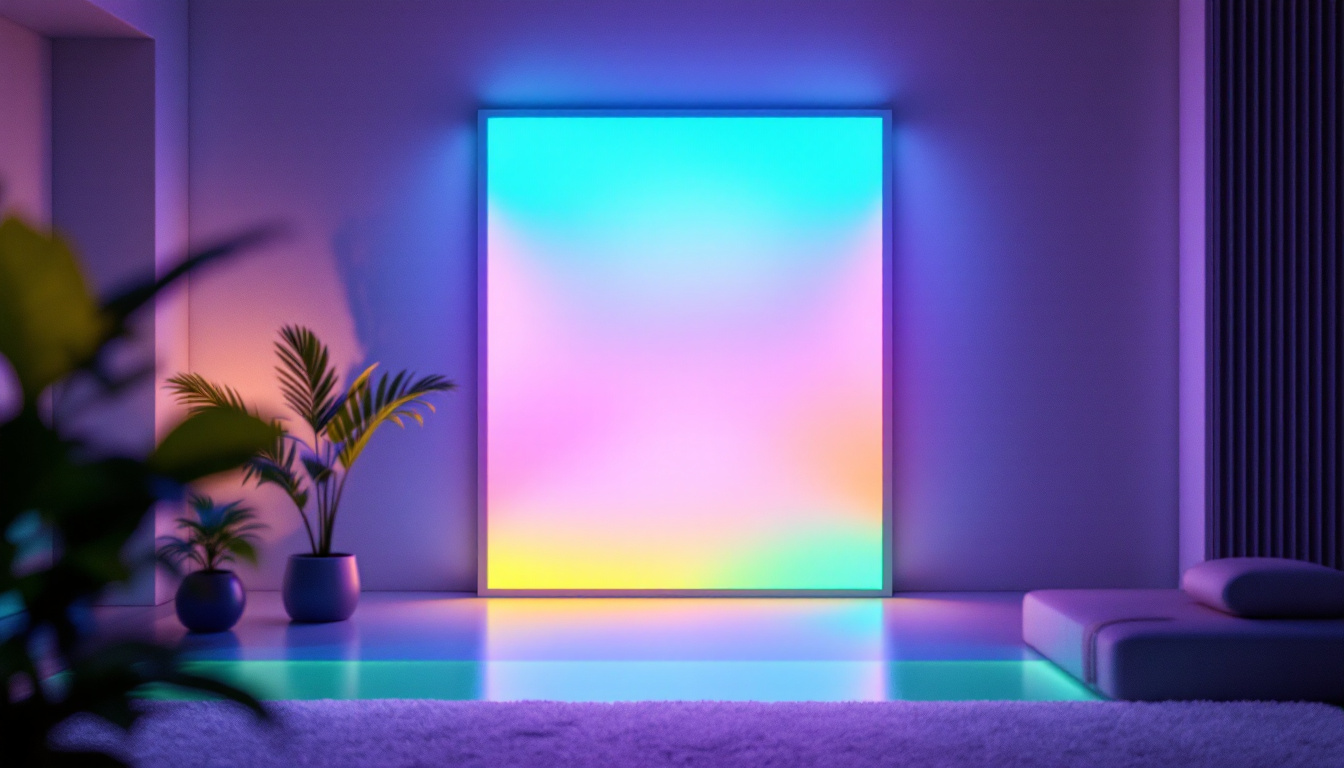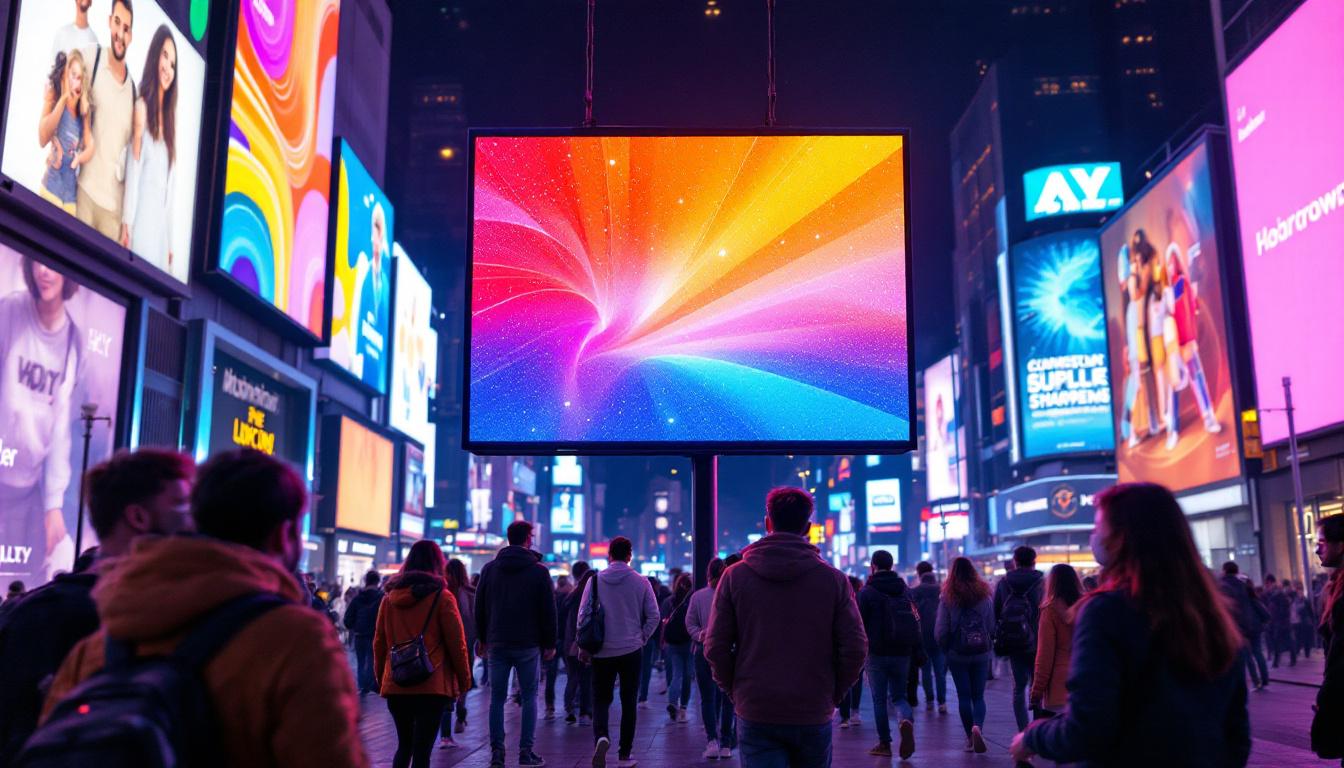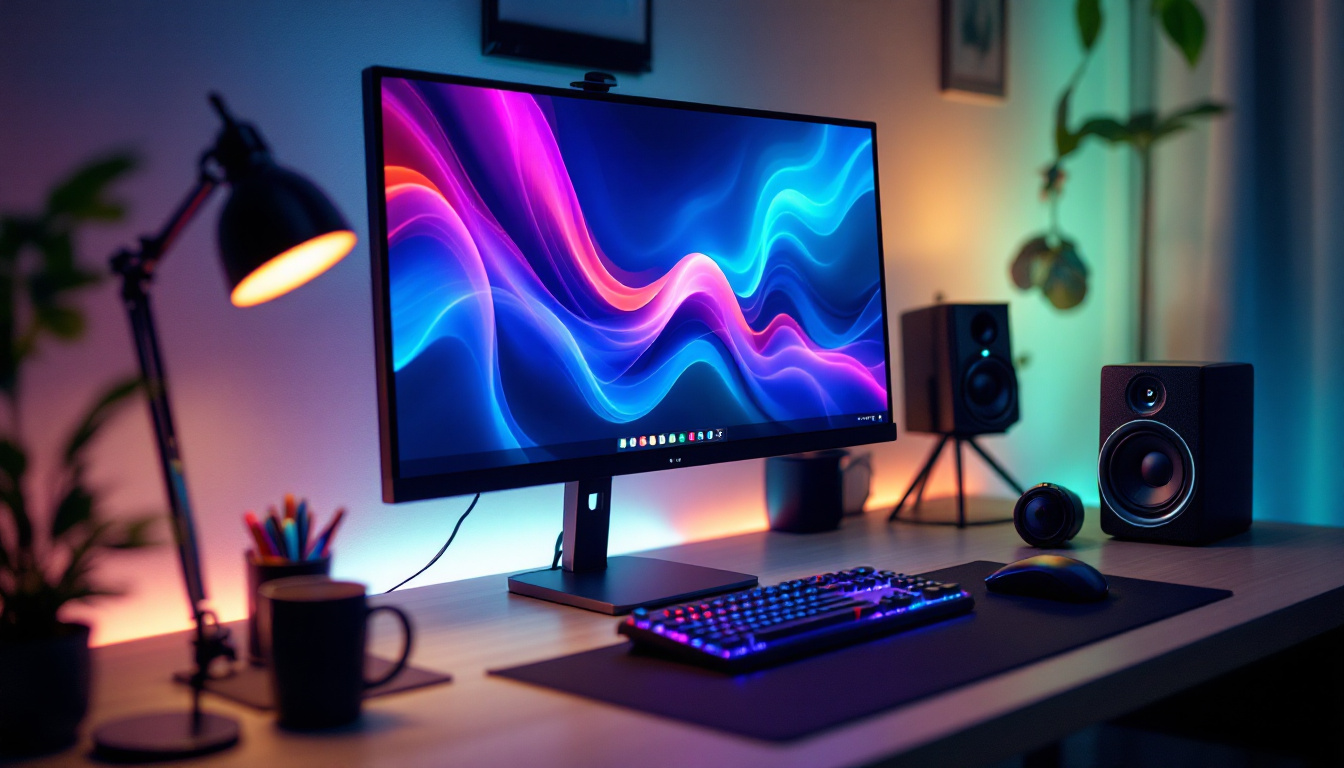Thinnest 24 Inch TV: LED Display Explained
In today’s fast-paced world, where space is often at a premium, the demand for compact yet high-quality televisions has surged. Among these, the 24-inch LED TV stands out not only for its size but also for its sleek design. This article delves into the intricacies of LED display technology, focusing on the thinnest 24-inch TVs available on the market. Understanding the technology behind these devices can help consumers make informed decisions when selecting their next television.
Understanding LED Display Technology
LED, or Light Emitting Diode, technology has revolutionized the way we experience visual media. Unlike traditional LCDs that use fluorescent backlighting, LED TVs utilize an array of tiny diodes to produce light, resulting in sharper images and improved energy efficiency. This section explores the fundamental principles of LED technology and its advantages over other display types.
How LED Displays Work
At the core of LED display technology is the use of semiconductor materials that emit light when an electric current passes through them. This process allows for the creation of vibrant colors and deep blacks, enhancing the overall viewing experience. In a typical LED TV, the screen is composed of thousands of these diodes, which can be individually controlled to produce a wide range of colors and brightness levels.
There are two primary types of LED displays: edge-lit and full-array. Edge-lit LED TVs have diodes placed along the edges of the screen, which illuminate the display from the sides. This design allows for thinner profiles but may suffer from uneven brightness. Full-array LED TVs, on the other hand, have diodes distributed across the entire back of the screen, providing more uniform lighting and better contrast ratios. Furthermore, advancements in local dimming technology have allowed full-array displays to selectively dim or brighten specific areas of the screen, resulting in an even more dynamic range of colors and deeper blacks, which is particularly beneficial for watching movies in dark environments.
Advantages of LED Displays
LED displays offer several advantages over traditional LCD and plasma screens. First and foremost, they are more energy-efficient, consuming less power while delivering superior brightness. This efficiency not only reduces electricity bills but also contributes to a smaller carbon footprint.
Additionally, LED TVs tend to have a longer lifespan compared to their predecessors. With fewer components that can fail, these displays are less prone to issues such as screen burn-in, which was common with older technologies. The lightweight and slim design of LED TVs also makes them easier to mount on walls or fit into tight spaces, making them an ideal choice for compact living environments. Moreover, the rapid advancements in LED technology have led to the development of OLED (Organic Light Emitting Diode) displays, which take the benefits of LED a step further by allowing each pixel to emit its own light, resulting in even greater color accuracy and contrast. This technology is particularly appealing for professional applications, such as graphic design and video editing, where precision in color reproduction is paramount.
The Appeal of 24-Inch TVs
As technology advances, the size of televisions has generally increased. However, 24-inch TVs have carved out a niche for themselves, particularly in smaller living spaces such as apartments, dorm rooms, and kitchens. Their compact size does not compromise on performance, making them a popular choice for consumers seeking quality without the bulk.
Ideal for Small Spaces
The primary appeal of a 24-inch TV lies in its ability to fit seamlessly into smaller environments. Whether placed on a desk, mounted on a wall, or positioned in a corner, these TVs provide a viewing experience that is both enjoyable and unobtrusive. They are particularly popular in settings where space is limited, allowing users to enjoy their favorite shows and movies without sacrificing valuable real estate.
Moreover, many 24-inch models come equipped with smart features, enabling users to stream content from popular platforms such as Netflix, Hulu, and YouTube. This versatility makes them not only a practical choice but also a functional entertainment hub for smaller spaces. Additionally, the lightweight design of these TVs allows for easy relocation, making them perfect for those who frequently rearrange their living spaces or move between different residences, such as college students or young professionals.
Cost-Effective Entertainment
Another significant advantage of 24-inch TVs is their affordability. Generally priced lower than larger models, they provide an excellent entry point for consumers who may be budget-conscious or those looking to supplement their existing home entertainment systems. The combination of quality and price makes these TVs an attractive option for a wide range of consumers.
Furthermore, the lower price point does not mean a compromise on features. Many 24-inch LED TVs come with high-definition resolution, built-in speakers, and connectivity options, ensuring that users can enjoy a rich viewing experience without breaking the bank. Some models even offer additional features such as voice control and compatibility with smart home devices, enhancing the overall user experience. This makes them not only a smart financial investment but also a forward-thinking choice for tech-savvy individuals looking to integrate their entertainment systems with the latest innovations.
In addition to their affordability, 24-inch TVs are often energy-efficient, consuming less power than their larger counterparts. This aspect is particularly appealing to environmentally conscious consumers who wish to reduce their carbon footprint while still enjoying high-quality entertainment. Many models are designed with energy-saving modes that automatically adjust brightness and contrast to optimize power usage, making them an eco-friendly option for those who want to enjoy their favorite content guilt-free.
Exploring the Thinnest Models
As manufacturers continue to innovate, the quest for the thinnest 24-inch TV has led to the development of ultra-slim models that push the boundaries of design. These TVs not only look aesthetically pleasing but also incorporate advanced technology to enhance the viewing experience.
Design Innovations
The thinnest 24-inch TVs on the market often feature a minimalist design that emphasizes sleek lines and modern aesthetics. Manufacturers have focused on reducing the bezel size, allowing for a larger screen-to-body ratio, which enhances the immersive experience. The result is a television that looks contemporary and stylish, fitting seamlessly into any decor.
In addition to aesthetic improvements, advancements in materials have contributed to the reduction in thickness. Manufacturers are now using lightweight materials such as aluminum and high-grade plastics, which not only reduce weight but also enhance durability.
Performance Features
Despite their slim profiles, the thinnest 24-inch TVs do not compromise on performance. Many models are equipped with LED backlighting, ensuring vibrant colors and deep contrasts. Some even feature HDR (High Dynamic Range) technology, which enhances the brightness and color range, providing a more lifelike viewing experience.
Additionally, smart features are becoming increasingly common in these compact models. Users can access streaming services, browse the internet, and even control their TV with voice commands, making it a versatile addition to any home entertainment setup.
Top Considerations When Choosing a 24-Inch TV
When selecting the perfect 24-inch TV, several factors should be taken into account to ensure that the chosen model meets individual needs and preferences. From display quality to connectivity options, understanding these elements can lead to a more satisfying purchase.
Picture Quality
Picture quality is paramount when choosing a television. Look for models that offer at least Full HD (1080p) resolution for a clear and detailed image. Some of the latest models may even offer 4K resolution, although this is less common in smaller screens. It’s also wise to consider the panel type; IPS panels typically provide better viewing angles and color accuracy compared to TN panels.
Additionally, features such as HDR can significantly enhance the viewing experience by providing a wider color gamut and improved contrast. When evaluating picture quality, it’s beneficial to read reviews and watch demonstrations to get a true sense of the display’s capabilities.
Connectivity Options
In today’s digital age, connectivity is crucial. Ensure that the selected 24-inch TV has multiple HDMI ports, USB ports, and possibly even Ethernet or Wi-Fi capabilities for smart features. This flexibility allows for the connection of various devices, such as gaming consoles, streaming devices, and sound systems, enhancing the overall entertainment experience.
Additionally, consider whether the TV supports Bluetooth connectivity, which can be useful for pairing with wireless speakers or headphones. A TV with a variety of connectivity options ensures that it can adapt to changing technology and user needs.
Sound Quality
While picture quality often takes center stage, sound quality is equally important for a complete viewing experience. Many compact TVs may have smaller speakers, which can lead to less robust audio. Look for models that offer enhanced audio features, such as built-in subwoofers or sound enhancement technologies.
For those who prioritize sound, investing in an external soundbar or speaker system can significantly improve audio quality. However, it’s essential to ensure that the TV has the necessary outputs to connect to these devices.
Conclusion
The thinnest 24-inch TVs represent a perfect blend of modern design and advanced technology, catering to consumers who seek quality entertainment in compact spaces. With their energy-efficient LED displays, affordability, and smart features, these televisions are an excellent choice for a variety of settings.
When choosing a 24-inch TV, it is crucial to consider factors such as picture quality, connectivity options, and sound performance. By understanding the technology behind LED displays and the features available in the thinnest models, consumers can make informed decisions that enhance their viewing experience.
As the market continues to evolve, the future of compact televisions looks promising, with ongoing innovations that promise even thinner designs and improved performance. Whether for a small apartment, a cozy bedroom, or a kitchen, the 24-inch LED TV is a versatile option that meets the demands of modern living.
Discover the Future of Compact LED Displays with LumenMatrix
Ready to elevate your viewing experience with the thinnest and most advanced 24-inch LED TVs? Look no further than LumenMatrix, a leader in LED display innovation. Our extensive range of solutions, including Indoor and Outdoor LED Wall Displays, Vehicle LED Displays, and more, are designed to bring your visual communication to life with unparalleled clarity and impact. Don’t miss out on the opportunity to transform your space with cutting-edge technology. Check out LumenMatrix LED Display Solutions today and join the revolution in high-quality, space-saving entertainment.

